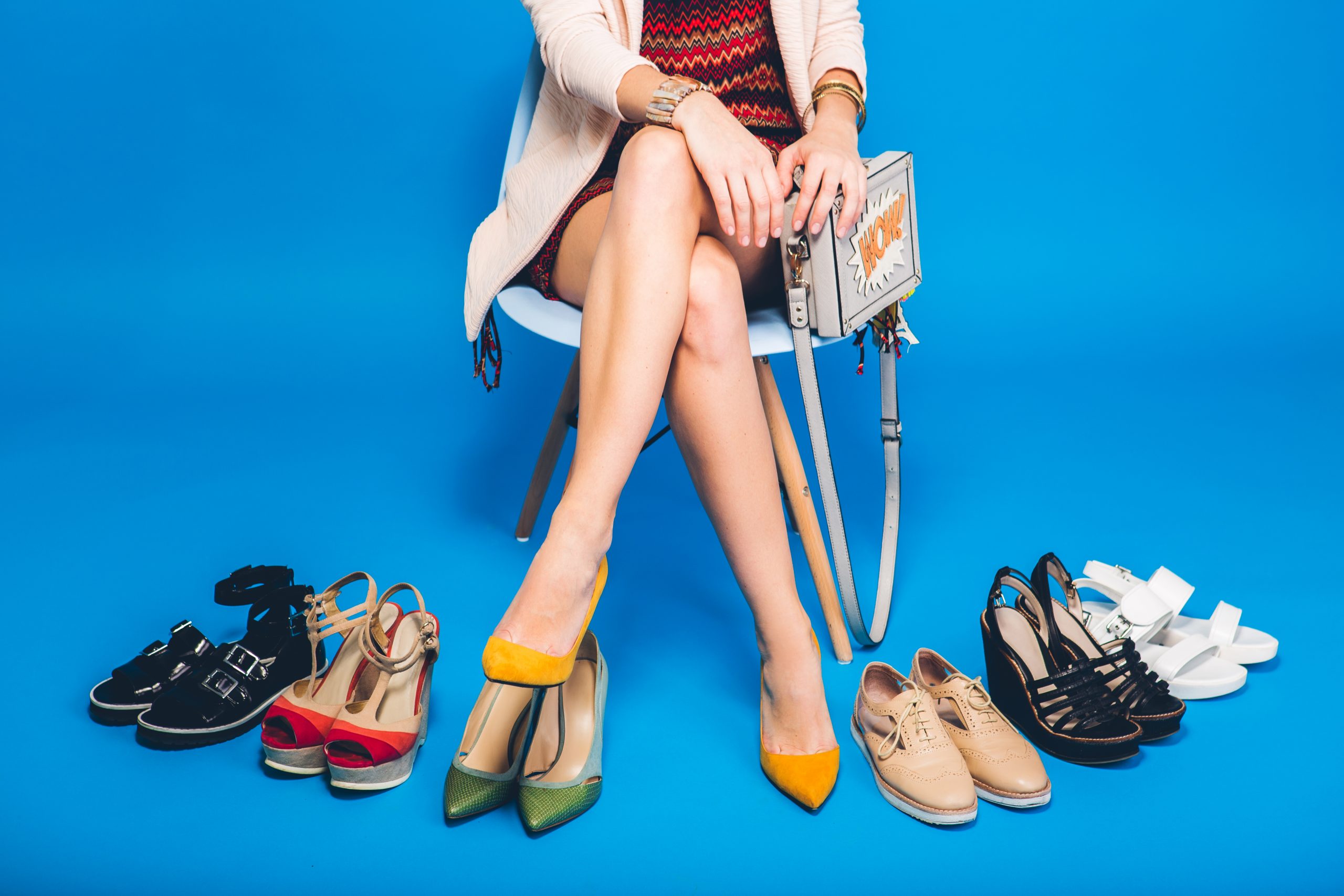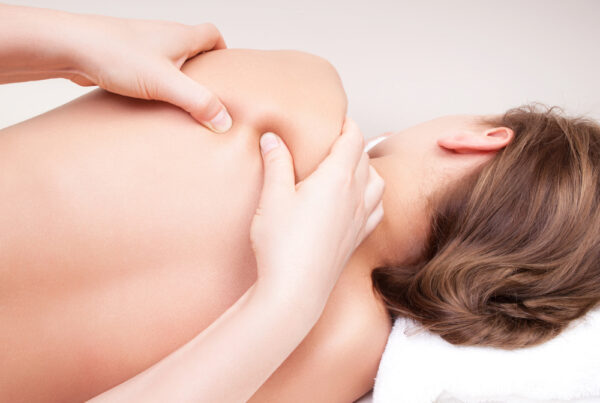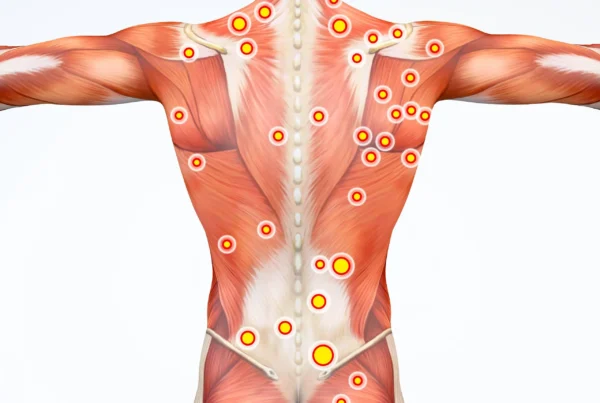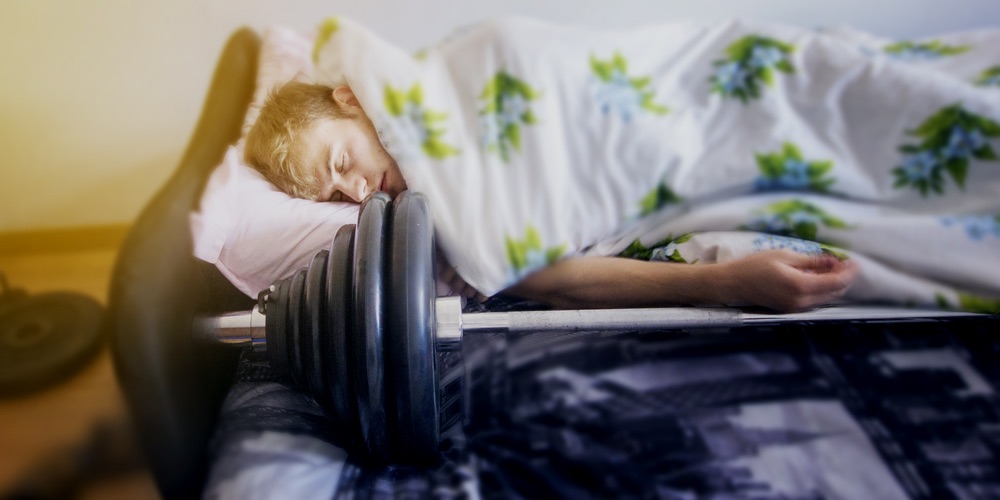About 75%-80% of people suffer from or will suffer from low back pain. In many cases, the reason is unknown or has no specific origin that can be discerned. The medical term for this is Non Specific Low Back Pain. Often, there is no local issue in the back itself, or at least the origin isn’t there, and that’s why we need to look for the cause in other places.

This article outlines one of the most common causes. Even though most, if not all, root causes originate at the body’s alignment, today we’re going to talk about SHOES.
As a manual therapist focusing on improving posture and movement I rely a lot on the Myofascial maps of the body created by Tom Myers – Anatomy Trains. These maps show precisely how the whole body is connected through its soft tissue. They show what the anatomical and functional “tracks” are that distribute force throughout the body. They do this by creating tension in specific lines, often more than one. It also shows how a restriction or excessive tension in one area can affect a distant one because of the same mechanism. A few of these lines begin at our feet and others can be affected functionally by tension created in the feet.
So, let’s talk about feet. First, a few interesting facts about our feet:
- The human foot has multiple layers of muscles and connective tissue to support the arch of the foot.
- There are 105 sensors in the foot to detect the type of surface the foot is in contact with and to adjust the muscles of the arch’s tension to adapt to it.
- Our feet give us information about the outer world, affect our balance and posture and contribute to our ability to relax.
These factors make our feet pretty important and their proper function is necessary for different mechanisms of our body to function correctly. Unfortunately, we don’t get to enjoy these benefits due to the fact that our feet spend most of their time in shoes.
Lately, more and more “shoespiracy” articles have been appearing on social media and the internet. So, it has become commonly known that the modern shoes we wear take a great toll on our feet function and by restricting our feet, changing our entire body.
Modern shoes have been linked to bunions, ankle instability, knee pain and back pain. They are usually characterised by a narrow toe box, a wide sole and a heightened heel. Most of them also have arch support integrated into their insoles. All of these combined negatively affect the foot’s ability to sense the surface it’s on. This then affects its ability to transmit information via its two most efficient systems – the nervous system, which has sensors that respond to pressure, weight and touch, and the myofascial system by using tension and pressure in two ways: (a) As direct mechanical force transmission and (b) To affect our genes expression.

What do the wrong shoes do to your body? | Shoes and Back Pain
When it comes to chronic low back pain, whether it’s constant or intermittent, analysing a person’s posture will give clues about the causes and what changes have happened in the body. A common, incorrect postural pattern is caused by our modern day lifestyle. It is created by prolonged sitting, looking down at our phone and wearing the wrong shoes. Narrow shoes with ‘support’ create a dysfunctional foot arch and cause decreased movement in our toes. Due to the heel lift, most of the weight is transferred to the front of the foot instead of being spread equally between the heel and the toes. A chain reaction then begins as the arch flattens and creates excessive pronation of the foot. Next, the ankle collapses inwards which pulls the knee, which pulls the hip and creates a tilt in the pelvis to the front (Anterior Pelvic Tilt), which will end up increasing the lumbar arching and compression of the spine and soft tissue in the lower back.
Simply put, all the arches and systems in the body affect one another and compensate for both weakness or tension. Our main posterior arches are at the feet, knees, low back and neck. So, if the foot’s arch flattens, the rest of the arches will change also.
To reverse this postural issue, which results in pain, it is best to look at the root cause. To locate the cause, a postural analysis should be performed by a practitioner with expertise in posture. When it has been determined that the feet are a, if not the, reason for the increased lower back curve and back pain, a change of lifestyle and shoes need to be considered, combined with structural integration. Treating the tissue manually will speed up the progress, while reducing the risk of injuries. However, a different choice of shoes is unavoidable and required.
Shoes that are good for our feet share a few things in common. They must have a wide and flat toe box and the sole should be as thin as one’s body type, lifestyle and health allow. The transition should be gradual, mindful and preferably guided by a professional in order to avoid unnecessary trauma by choosing the wrong shoes, not doing complementary exercises or applying the changes too fast.
For more information about ‘barefoot’ shoes, transitioning to them, or to make an appointment to see our Manual Therapist, Valery, about helping with any issues originating at your feet, call us on 9193 2170 or book an appointment online here.
Centre 4 Health – All your health needs in one place
Shoes and Back Pain
Centre 4 Health
Manual Therapy Caulfield
368B Hawthorn Road
Caulfield South
VIC 3162






